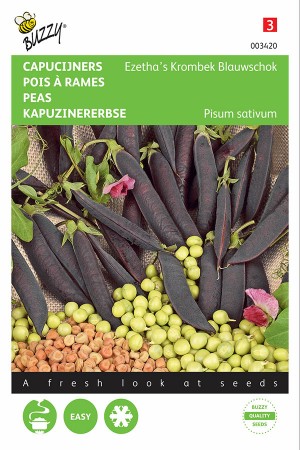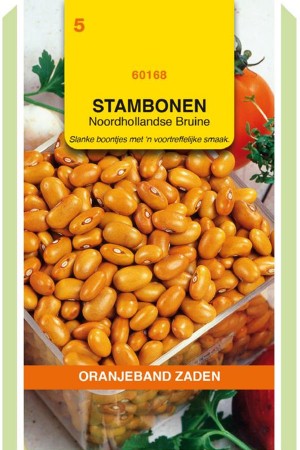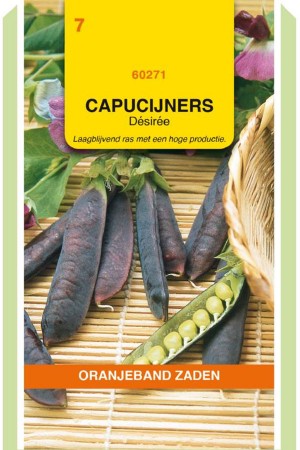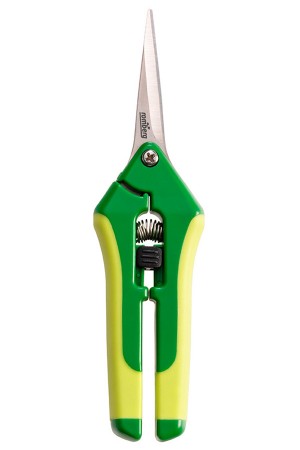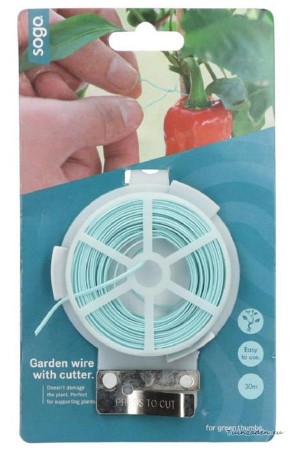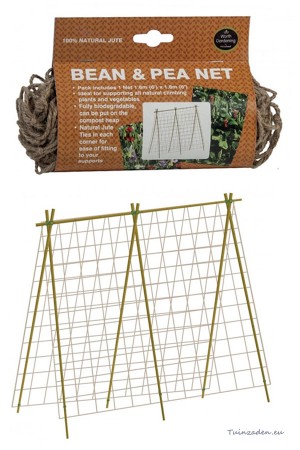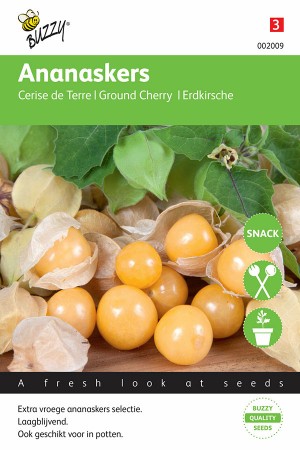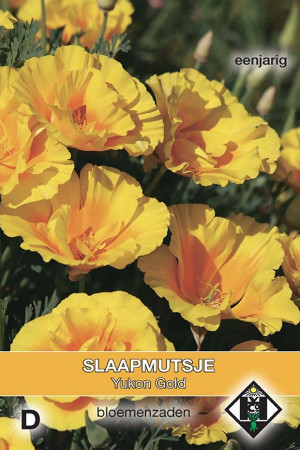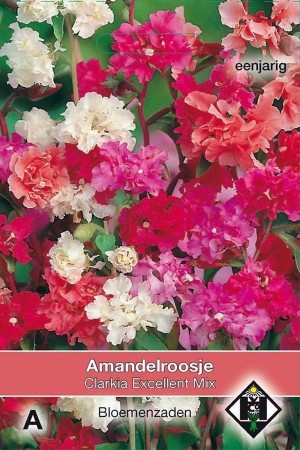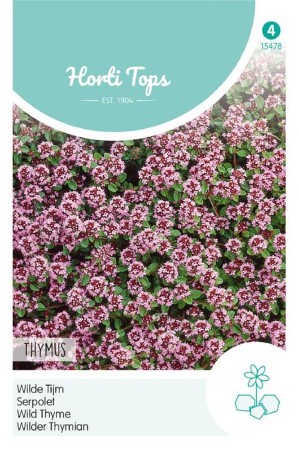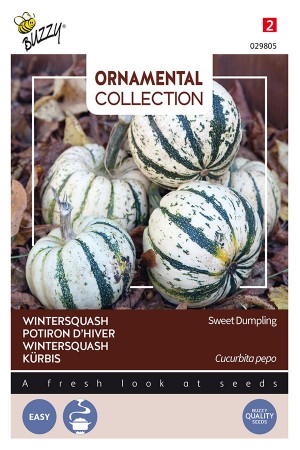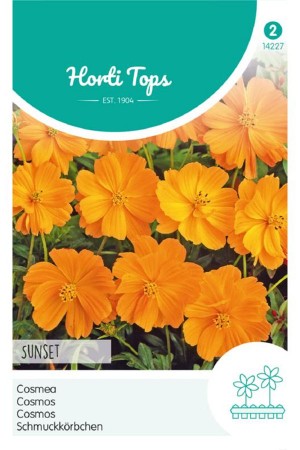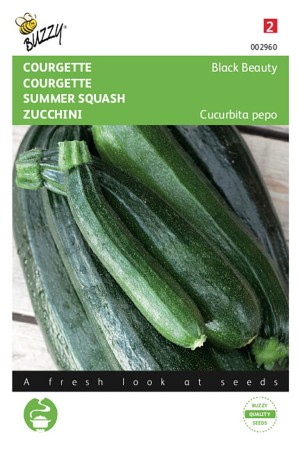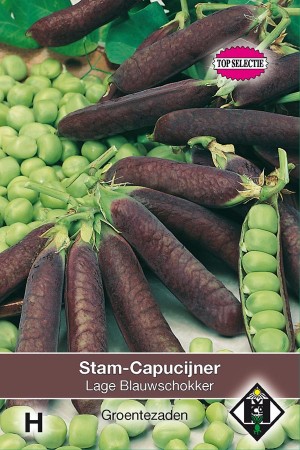



Low Blauwschokker Capucijners is a low productive capuchin variety with purple-blue pods. The capuchins can be eaten fresh or stored dry. This low Blue-throated Capucijner is only 80 cm high, so it is not necessary to grow along wire mesh or brushwood and also makes picking a lot easier.
This Blue-throated capuchin plant does not suffer much from night frost.
Capuchins can be compared to garden peas, only the peas can be consumed. It is most common to consume the peas fresh, freezing after blanching is also possible. A final option is to let the capuchin peas ripen and use the dried peas.
Low Blauwschokker Capucijners is a low productive capuchin variety with purple-blue pods. The capuchins can be eaten fresh or stored dry. This low Blue-throated Capucijner is only 80 cm high, so it is not necessary to grow along wire mesh or brushwood and also makes picking a lot easier.
This Blue-throated capuchin plant does not suffer much from night frost.
Capuchins can be compared to garden peas, only the peas can be consumed. It is most common to consume the peas fresh, freezing after blanching is also possible. A final option is to let the capuchin peas ripen and use the dried peas.
Sow capuchin peas directly in the field from early March to mid-May. Sow in lines or rows 50cm apart, placing 2 peas together in the row with 10cm space between each pair of peas and the next. Make sure that the soil remains sufficiently moist during growth.
Do not use fresh farmyard manure.
It is best not to grow capuchins or peas in the same place every year. Protect the plants against bird eating.
Harvest capuchins from May to July. The pods can be harvested fresh or dried.
Tip: protect the crop against bird damage with nets.
For all capuchins, peas and pods, an early cultivation (March/April) yields better results. With a later cultivation from May, this can cause fewer pods and problems with mildew.
Related articles

Low Blauwschokker Capucijners is a low productive capuchin variety with purple-blue pods. The capuchins can be eaten fresh or stored dry. This low Blue-throated Capucijner is only 80 cm high, so it is not necessary to grow along wire mesh or brushwood and also makes picking a lot easier.
This Blue-throated capuchin plant does not suffer much from night frost.
Capuchins can be compared to garden peas, only the peas can be consumed. It is most common to consume the peas fresh, freezing after blanching is also possible. A final option is to let the capuchin peas ripen and use the dried peas.
